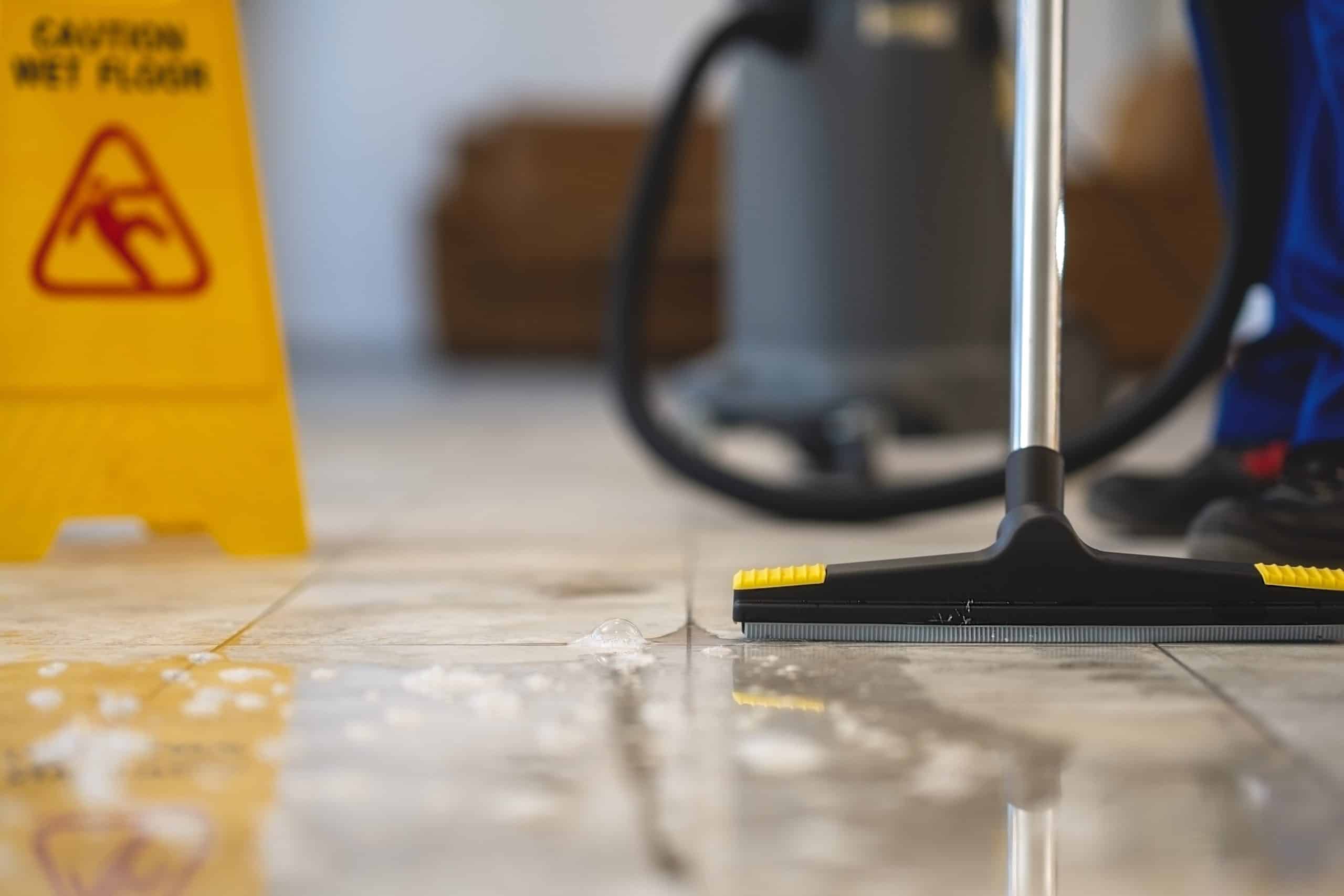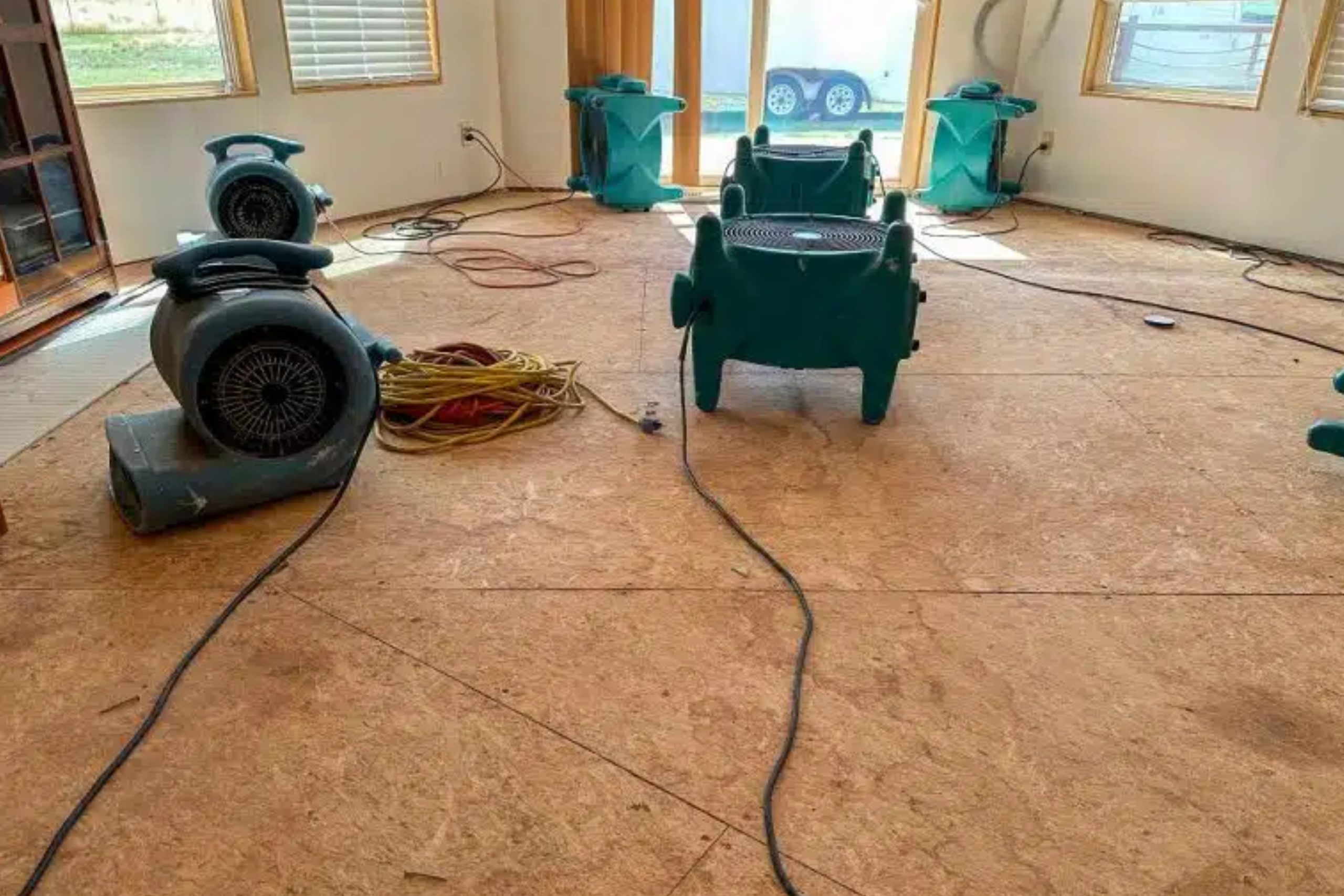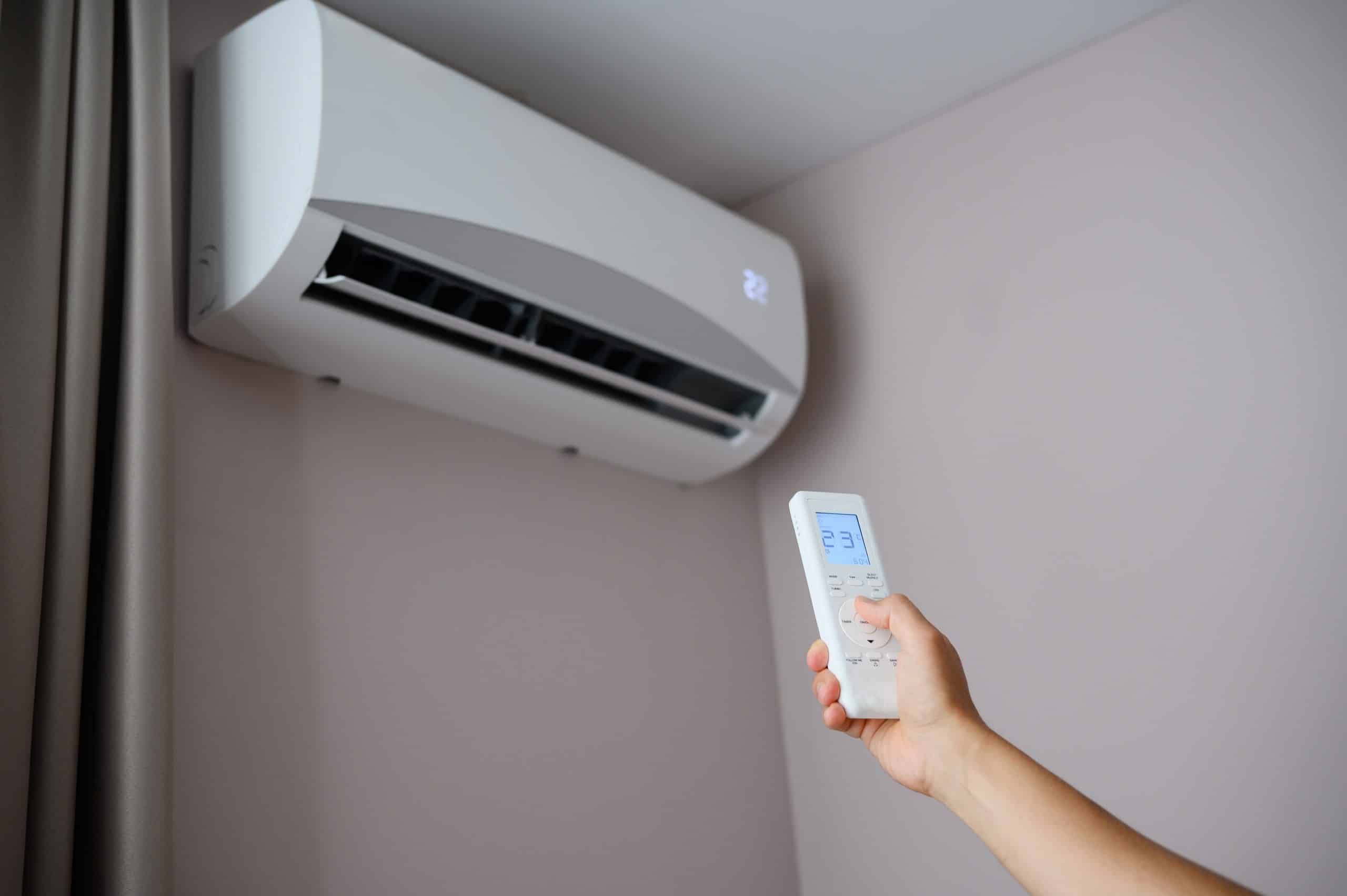Fact: Properly restored floors and furniture recover up to 90% of their original beauty and…

Recovering from a Broken Pipe: How Burst Pipe Damage Cleanup Works Step by Step
A burst pipe can turn an ordinary day into a full-blown home emergency in minutes. Whether it’s a supply line in the attic or a frozen pipe in the basement, water moves fast once that line gives out. In many cases, a pipe break causes damage that spreads behind walls, under floors, and into areas you can’t even see. That’s why burst pipe damage cleanup needs more than a mop and some towels; it requires a professional plan with speed, precision, and experience.
At Property Craft, we specialize in helping Colorado homeowners recover after unexpected pipe failures. From the first signs of water through complete drying, cleanup, and repair, we manage the entire process. In this post, we’ll take you through what actually happens during a typical burst pipe recovery, step by step.
Step 1: Stop the Source and Inspect the Damage
The first thing we do is locate the broken water pipe and stop the flow. This usually means shutting off the main water supply to your home. Once we have the situation under control, we begin evaluating where the water has traveled. Pipe breaks often send water downward into walls, insulation, baseboards, and flooring, sometimes traveling into multiple rooms.
Our inspection includes moisture readings, thermal imaging, and physical inspection to understand just how deep the water has gone. A water line break behind a wall can easily flood a large area before you even realize it’s happening.
Step 2: Begin Emergency Water Removal
Time is critical, especially in the first few hours after a pipe failure. We deploy commercial pumps and water extraction services to remove standing water as fast as possible. The longer water sits, the more it spreads and soaks into structural materials.
For a plumbing overflow cleanup situation involving contaminated water, such as from a supply line connected to a dishwasher or washing machine, we use specialized gear to remove not just the water, but any bacteria or chemicals that may have come with it.
Step 3: Remove Affected Materials
After extraction, we remove anything that cannot be safely dried or salvaged. That may include wet drywall, carpet padding, insulation, or cabinetry. Our team works carefully to minimize demolition while ensuring that all saturated materials are removed.
In homes with wood floors or cabinets, water damage to the floor is typical. We evaluate whether these materials can be dried in place or if replacement is necessary. Salvageable wood is dried with controlled airflow and monitored over several days to ensure it is completely dry.
Step 4: Dry the Structure Completely
Once wet materials are removed, we focus on structural drying services. This includes air movers, dehumidifiers, and temperature control systems placed strategically to dry framing, subfloors, and hidden wall cavities.
We continue to monitor moisture levels daily until the structure is fully dry. This is one of the most critical steps; rushing this part of the process can result in hidden moisture that causes bigger problems later.
Step 5: Clean and Deodorize the Area
Water from a burst pipe doesn’t always smell fresh. Odors can develop quickly, especially if water was trapped behind materials or if the pipe break occurred near a bathroom or kitchen. We apply smoke odor removal and antimicrobial treatments to sanitize the space and neutralize any lingering smells.
If the water traveled into nearby rooms or affected HVAC systems, we also inspect for HVAC discharge line repair or cleaning needs, especially when moisture reaches vents or return ducts.
Step 6: Restore the Damaged Areas
Once the structure is dry and clean, we begin putting your space back together. That means replacing drywall, repainting, installing new flooring or cabinets, and restoring any electrical or plumbing components affected by the incident.
We view this step as an opportunity to enhance and fortify your home’s resistance to future water-related issues. If the burst pipe occurred due to weather or freezing, we can recommend insulation upgrades or roof storm damage repair to help prevent recurrence.
Step 7: Evaluate Contents and Personal Items
If water reached furniture, storage, or electronics, we also conduct a contents inspection. Our team handles the recovery of water-damaged contents, determining what can be saved and what should be discarded.
Salvageable items are treated through contents restoration services, then cleaned, dried, and returned to your home after the structure is ready.
Step 8: Final Quality Check and Prevention Planning
Before we consider the job complete, we run a full moisture check and visual inspection. We make sure everything is clean, dry, and safe. If needed, we recommend plumbing upgrades or minor rerouting to prevent similar breaks in the future.
We’ve also seen pipe breaks tied to clogged drain overflow, kitchen sink overflow, or pressure buildup during severe storms. In these cases, we may integrate storm flood cleanup or drainage support into the final recovery plan.
Why a Fast Response Makes a Difference
Pipe bursts don’t wait for convenience. That’s why Property Craft provides emergency water damage repair 24/7. The sooner you call, the better your chances of full recovery. Quick action reduces the need for demolition, lowers the cost of repairs, and protects your belongings.
Don’t take chances with wet walls or slow leaks. Even a small pipe leak cleanup service situation can quickly escalate into a significant project if left unattended. We’re here to catch and correct the damage before it spreads.



